Wheat Flour Apple Cake with Figs and Hazelnuts turns out too dense? Learn to make it airy, rich, and full of life—read more.

Why is a cake so heavy on the tongue even though everything in the recipe looks perfect? It's a slight disappointment. You lay out the table, invite everybody in, slice a thick piece of Wheat Flour Apple Cake with Figs and Hazelnuts, and. the first bite feels leaden.
A cake of wheat flour, apples, figs, and hazelnuts offers depth—of aroma, flavor, and pleasure. But if it ends up dense, chewy, or overly tight, the entire undertaking is amiss. It doesn't rise; it doesn't give way. For many Indian home bakers relying on whole wheat for a more earthy and grounded texture, this is a common rough spot.
We don't require fancy tools or ingredients to repair it. The solutions are in the little things, how long you stir, the way you chop your fruit, how warm your batter is before baking. This is about baking with attention, not elaboration. If you would like your next Wheat Flour Apple Cake with Figs and Hazelnuts to come out effortlessly light and slice tenderly, here's the path ahead.
1. Switch to the Correct Wheat Flour Type
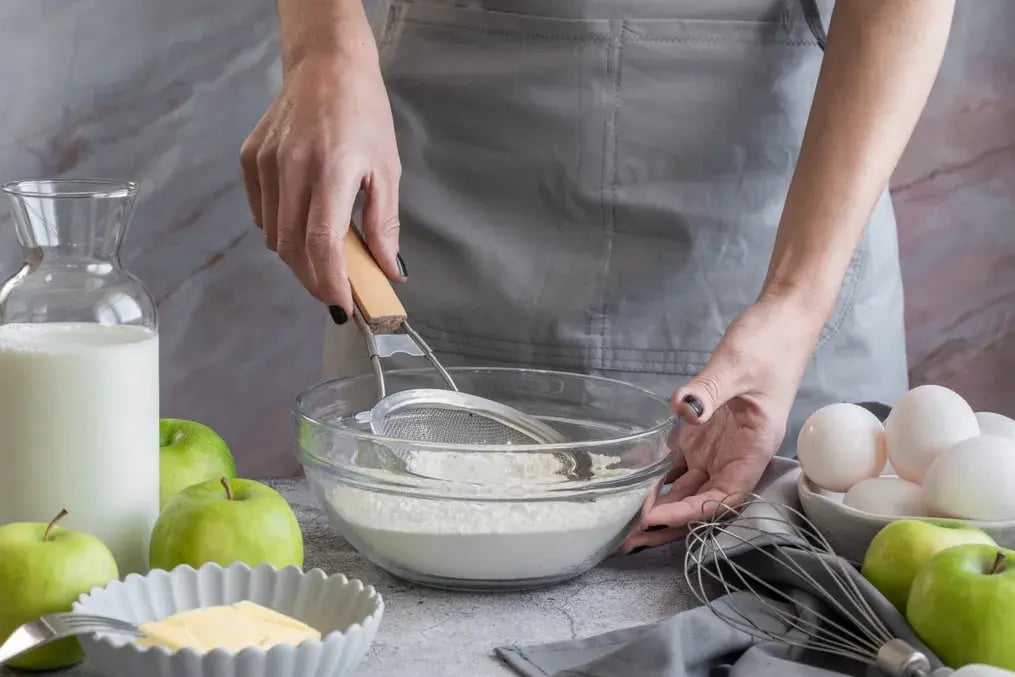
Wheat flour aren't all created equal. If your cake is dense, the flour could be one of the culprits. Whole wheat atta, which most Indian households keep on hand for daily roti, is coarser or finer ground based on the brand. For baking, it's a good idea to use pastry-grade whole wheat flour or sift regular atta at least twice.
This sifting process lightens the base and shatters small clumps that weigh down your batter. Pastry wheat flour is lower in protein than ordinary atta and is more receptive to cake-type mixing. If you're unable to obtain specialty flour, simply mix your atta with a little bit (say ¼ cup) of cornflour or cake flour to serve to soften the final bake.
2. Don't Overmix After Adding Wet Ingredients
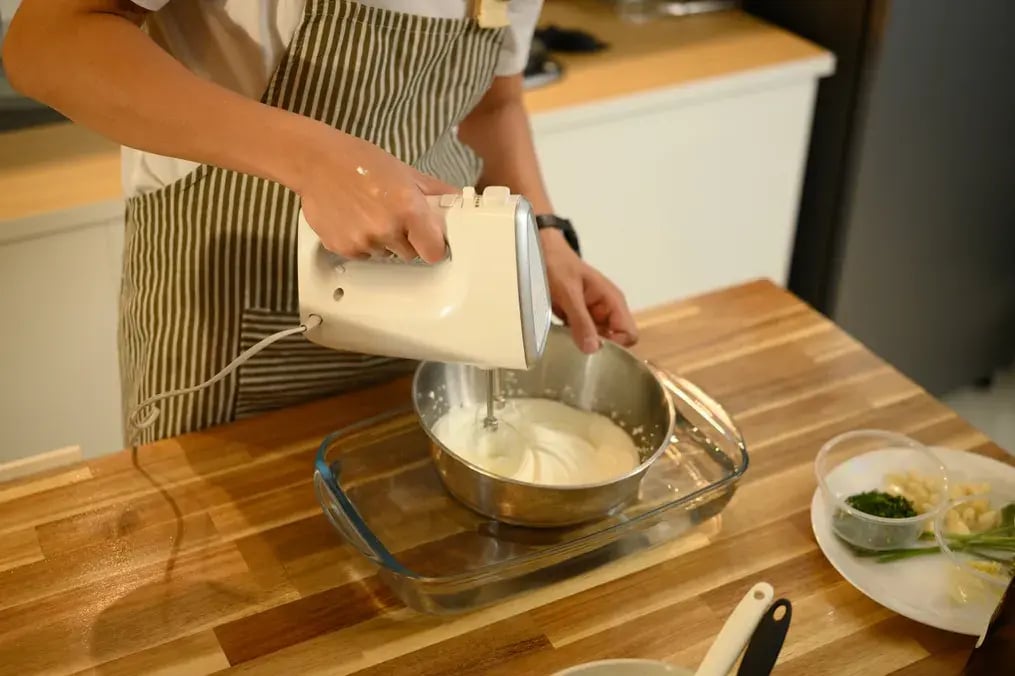
This is one that's easy to overlook but essential. Too much mixing of the batter—particularly after the addition of liquids—develops the wheat proteins and creates a dense, rubbery piece of cake from the end result. Gentle mixing is the solution here.
Once your wet and dry ingredients are ready, pour the wet into the dry and fold, not stir. A spatula is better than a whisk here. You’re aiming for everything to just come together—no streaks of flour, but not smooth like pancake batter either.
3. Use Buttermilk or Yogurt for Better Rise
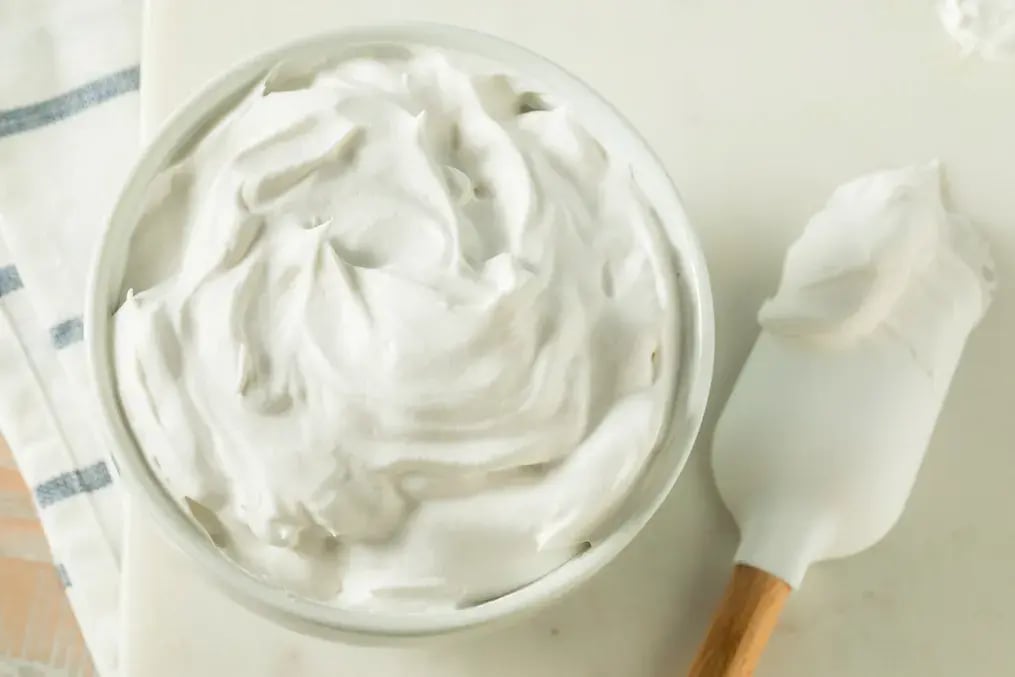
Acid does matter. Whole wheat is heavier than maida naturally, and it requires assistance to rise uniformly. Use buttermilk or thick dahi (hung lightly to drain excess water) which will react with baking soda and cause your batter to rise in the oven without requiring additional fat or sugar.
Substitute about ¾ cup of buttermilk or yogurt for each 1½ cups of flour. If your recipe doesn't include it, replace some of the milk or liquid with buttermilk. It's a tiny adjustment that forms bubbles while baking that thrust the batter up and stretch it out beautifully.
4. Pre-Roast Your Apples and Figs
Raw fruit lets go of water when it's baking. That excess water becomes steam, which disrupts the structure of your batter. Instead of a nicely baked crumb, you end up with soggy pockets. Chop up your apples and figs, lay them out on a baking sheet, and roast at 180°C for 10 minutes. Allow them to cool completely before folding into your batter. Roasting intensifies their flavor and removes excess water.
5. Don't Put Hot Ingredients into the Batter
A small thing, but a big difference-maker. If you're heating butter or milk to melt or warm to add spices, chill them down first before mixing into the batter. Hot liquids can trigger the baking powder or soda too soon—when the batter is still in the bowl.
All rising occurs prior to reaching the oven. You sacrifice valuable lift. Let everything reach room temperature or only slightly warm at best.
Consider the batter as if it's alive. You want it to begin to rise only after it's snug in the oven. That's when the heat can shove it upward and hold it in position.
6. Employ Eggs at Room Temperature (or Whip Aquafaba)
Cold eggs (or egg replacements) mess with the structure of your batter. If you’re using eggs, let them sit out at least 30 minutes before baking. At room temperature eggs mix better and trap more air when beaten, which gives your cake its soft interior. For eggless bakes, aquafaba (the water from boiled or canned chickpeas) is a worthy alternative. Whip 3 tbsp of aquafaba until frothy and fold in gently. It mimics egg whites well enough to help your Wheat Flour Apple Cake with Figs and Hazelnuts hold its shape without feeling tight.
7. Bake It Slow and Low
Wheat flour cooks longer. If your oven's too hot, the cake hardens on the outside but remains uncooked on the inside. That disparity causes the cake to be heavy even if it's not actually raw. Preheat your oven to 160–165°C and bake the cake 5–10 minutes longer than you would make a maida-based version. Test for doneness close to the center using a skewer. It should come out with only a few damp crumbs—nor wet, nor bone-dry.
The slower baking allows the apples and figs to bind completely with the wheat flour and has time to warm the hazelnuts gently. The end result? A Wheat Flour Apple Cake with Figs and Hazelnuts that cuts cleanly, eats tender, and even allows every ingredient to shine.
Like This Article?
More Like This
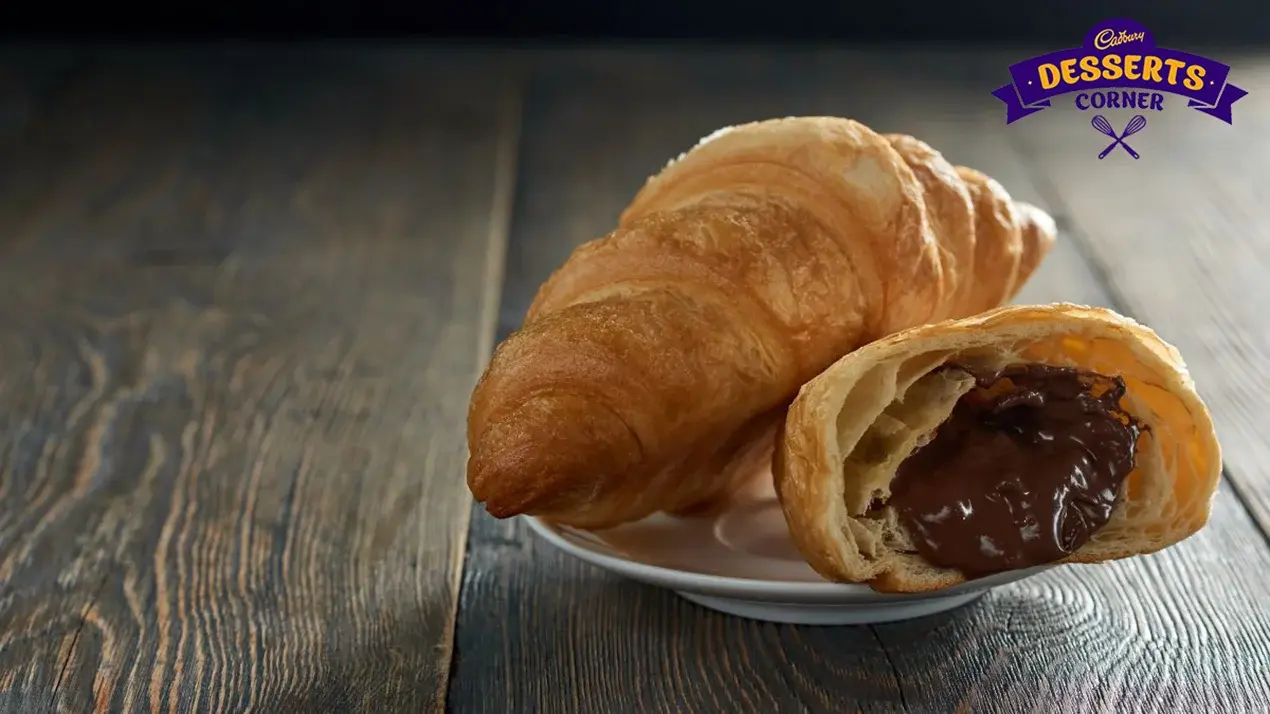
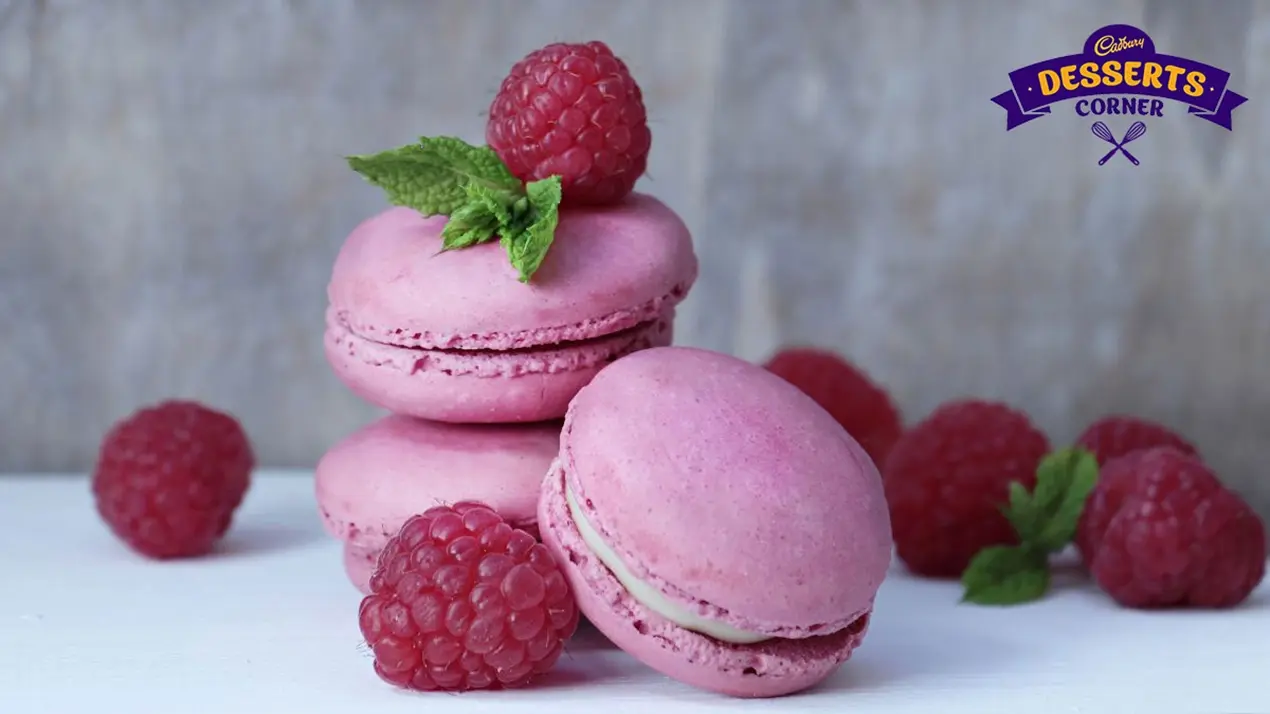


Popular Articles





Trending Web Stories
Curated Recipes


















